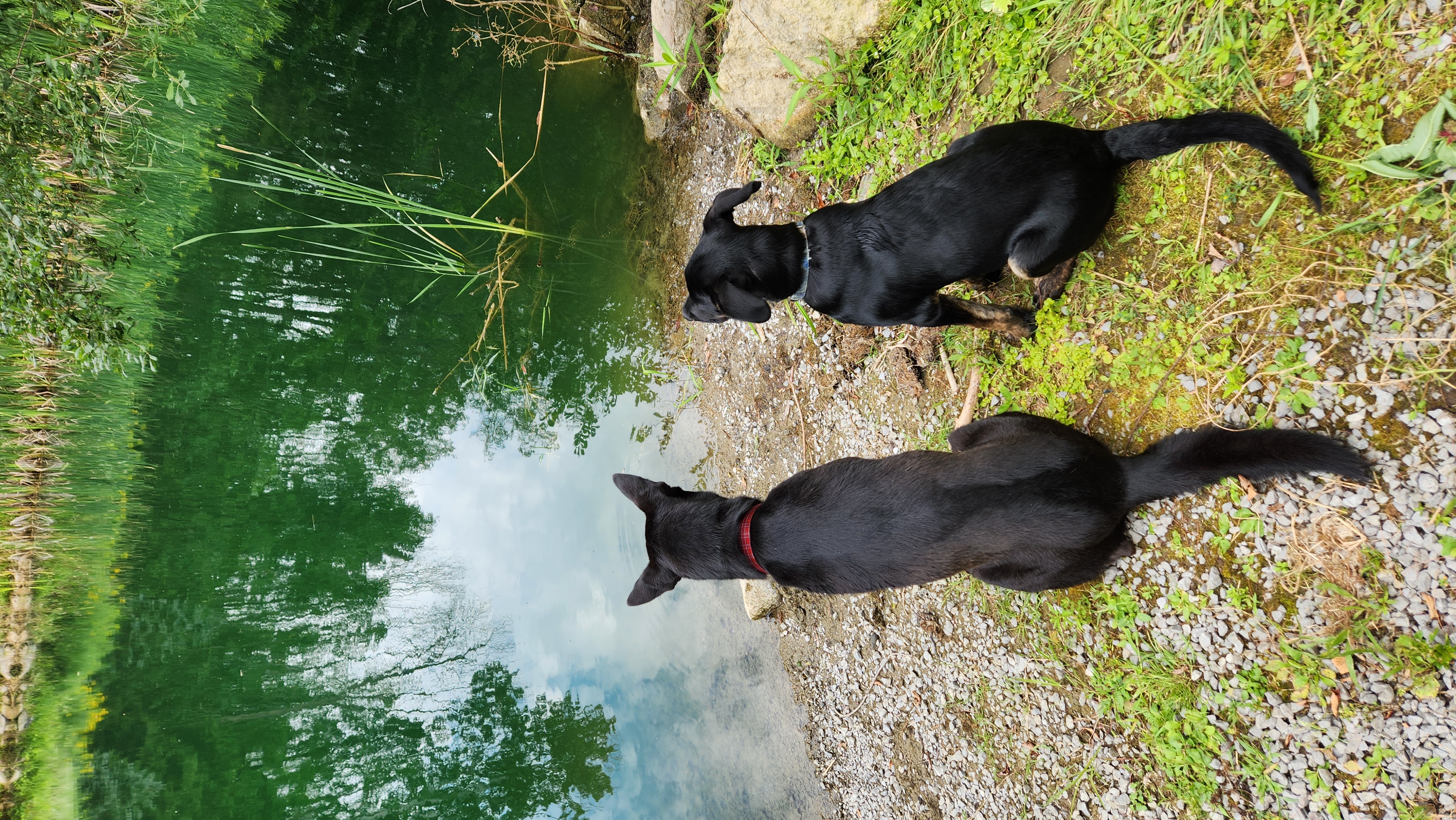Image Gap - Lesson
This lesson helps students understand how self-image can influence lifestyle choices.

This lesson helps students understand how self-image can influence lifestyle choices.

Body image concerns have been documented in children as young as three,[2] but it’s adolescents who appear to be most at risk for developing unhealthy attitudes towards their bodies based on this perception.

In this lesson students are introduced to the concept of "avatars" and share their experiences creating and playing avatars in video games and virtual worlds. They then create avatars using a program that is intentionally limited in terms of available body types and gender markers, first creating an avatar of their own gender and then of the opposite gender, and then discuss the program and relate it to representations of gender and body image in games and virtual worlds and in other media. Students then create avatars using a much more flexible version of the program and compare that experience to the more limited version. Finally, students use the more versatile program to create avatars that represent how they see themselves and how they would like others to see them online and reflect on the choices that went into creating them.

In this lesson, students analyze their own body image and consider what they wish they could change.

This lesson lets students take a good look at our society's pressures to conform to standards of beauty - particularly to be thin - and the related prejudice against being "overweight".


Test
